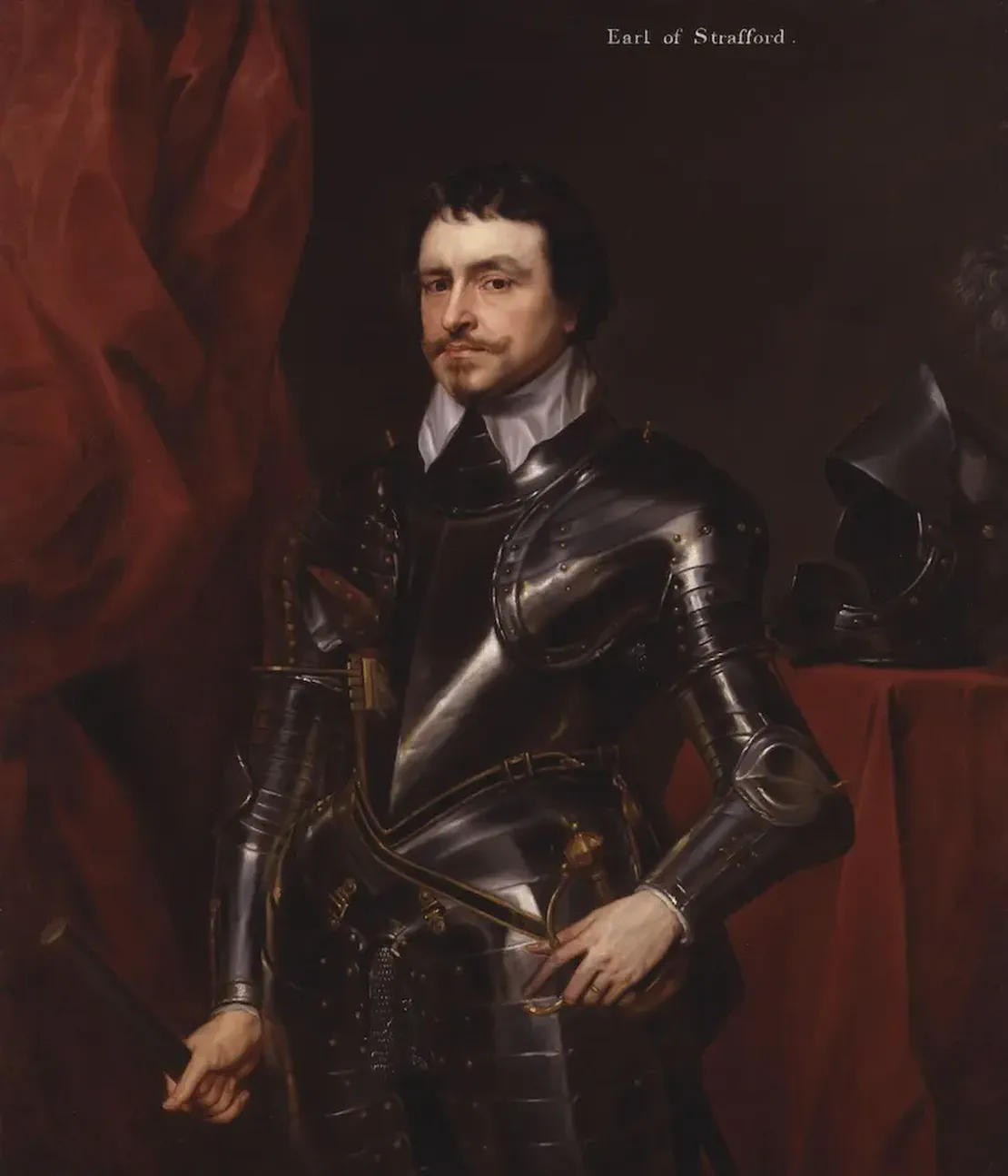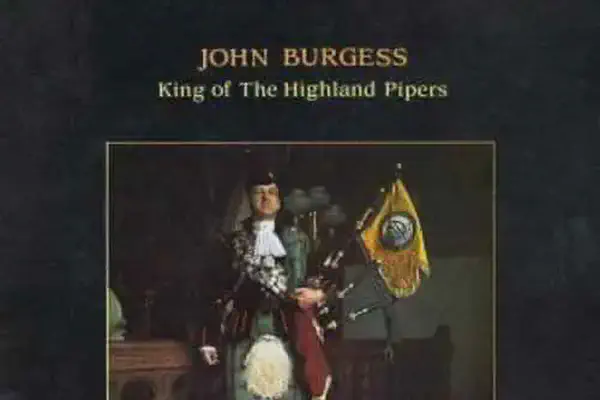On May 12, 1641 in Celtic History
Thomas wentworth, english viceroy of ireland and earl of stafford is beheaded

Thomas Wentworth, the 1st Earl of Strafford, who served as the English viceroy of Ireland and a key advisor to King Charles I, was beheaded on May 12, 1641, at the Tower of London. His execution marked a pivotal moment in the events leading up to the English Civil War and reflected the intense political and religious tensions of the time.
Background
-
Early Career: Thomas Wentworth was born in 1593 into a wealthy and influential English family. He began his political career as a Member of Parliament and initially aligned himself with the critics of King James I and Charles I. However, Wentworth later shifted his allegiance to the Crown and became a staunch supporter of King Charles I, who recognized his talents and appointed him to several important positions.
-
Lord Deputy of Ireland: In 1632, Wentworth was appointed as the Lord Deputy of Ireland, effectively making him the viceroy of Ireland. In this role, he implemented a series of authoritarian policies aimed at strengthening the power of the monarchy in Ireland and increasing its revenues. His rule was marked by harsh measures, including the imposition of the controversial “Black Oath” on the Ulster Scots and efforts to enforce Anglican practices, which alienated both the Irish population and English settlers.
-
Earl of Strafford: In recognition of his services, Wentworth was created Earl of Strafford in 1640. He was a key figure in Charles I’s administration, advocating for a strong, centralized monarchy and the suppression of dissent. However, his policies and methods earned him many enemies, both in Ireland and England.
Downfall and Execution
-
Political Crisis: By 1640, King Charles I’s rule was increasingly unpopular, and opposition to his policies was growing in both England and Scotland. Wentworth’s role in these policies made him a target for the king’s critics. When Charles I was forced to summon the Long Parliament in November 1640 to address the financial and political crises facing his reign, Wentworth became a central figure in the ensuing conflicts.
-
Impeachment and Arrest: The Long Parliament, dominated by opponents of Charles I, quickly moved against Wentworth. He was impeached in November 1640 on charges of high treason, largely based on his use of arbitrary power and his role in enforcing unpopular policies in Ireland and England. Unable to secure a conviction through impeachment, his enemies in Parliament introduced a Bill of Attainder, which allowed for his execution without a formal trial.
-
Execution: King Charles I initially hesitated to sign the Bill of Attainder, as he was personally loyal to Wentworth and aware of the implications of sacrificing such a key ally. However, faced with widespread pressure from Parliament and public opinion, and fearing that his refusal might lead to further unrest, Charles reluctantly signed the bill. Wentworth was executed by beheading on May 12, 1641, at the Tower of London.
Impact and Legacy
-
Strafford’s Execution: Wentworth’s execution was a significant event in the lead-up to the English Civil War. It demonstrated the power of Parliament over the monarchy and marked the beginning of the end for Charles I’s personal rule. The king’s decision to abandon his loyal advisor also highlighted the growing rift between Charles I and his supporters, as well as the increasing influence of Parliament.
-
Civil War: The execution of Strafford did not satisfy Parliament’s opposition, and tensions between the monarchy and Parliament continued to escalate, ultimately leading to the outbreak of the English Civil War in 1642.
-
Historical Reputation: Wentworth’s legacy is complex. He is often seen as a symbol of the dangers of absolute power and the lengths to which the monarchy would go to enforce its will. His authoritarian rule in Ireland and his role in the broader political conflicts of the time made him a deeply polarizing figure. However, some historians also recognize his administrative skills and his loyalty to Charles I, even in the face of overwhelming opposition.
Thomas Wentworth, the Earl of Strafford’s execution, was a turning point in English history, signaling the decline of royal authority and the rise of parliamentary power, setting the stage for the English Civil War and the eventual overthrow of King Charles I.
Related Content

Shane Patrick Lysaght MacGowan, lead singer of the Pogues, died

St Machar Day, patron saint of Aberdeen

Oíche Shamhna - Cetlic New Year Eve (Halloween)

ALBAN ELFED (Welsh Bardic name for autumn equinox)

Feast day of St. James

John Davie Burgess, King of the Highland Pipers, died at age 71.